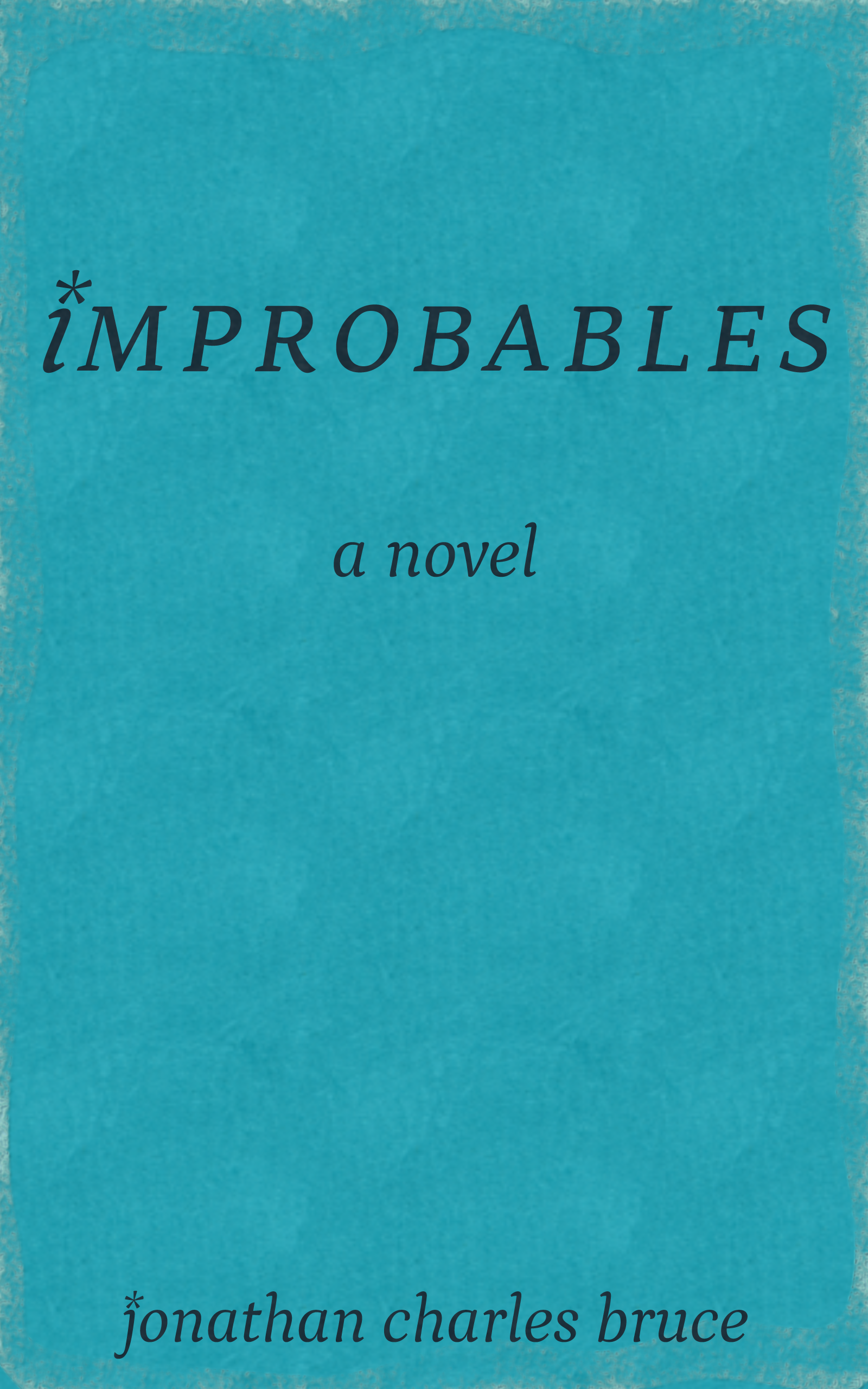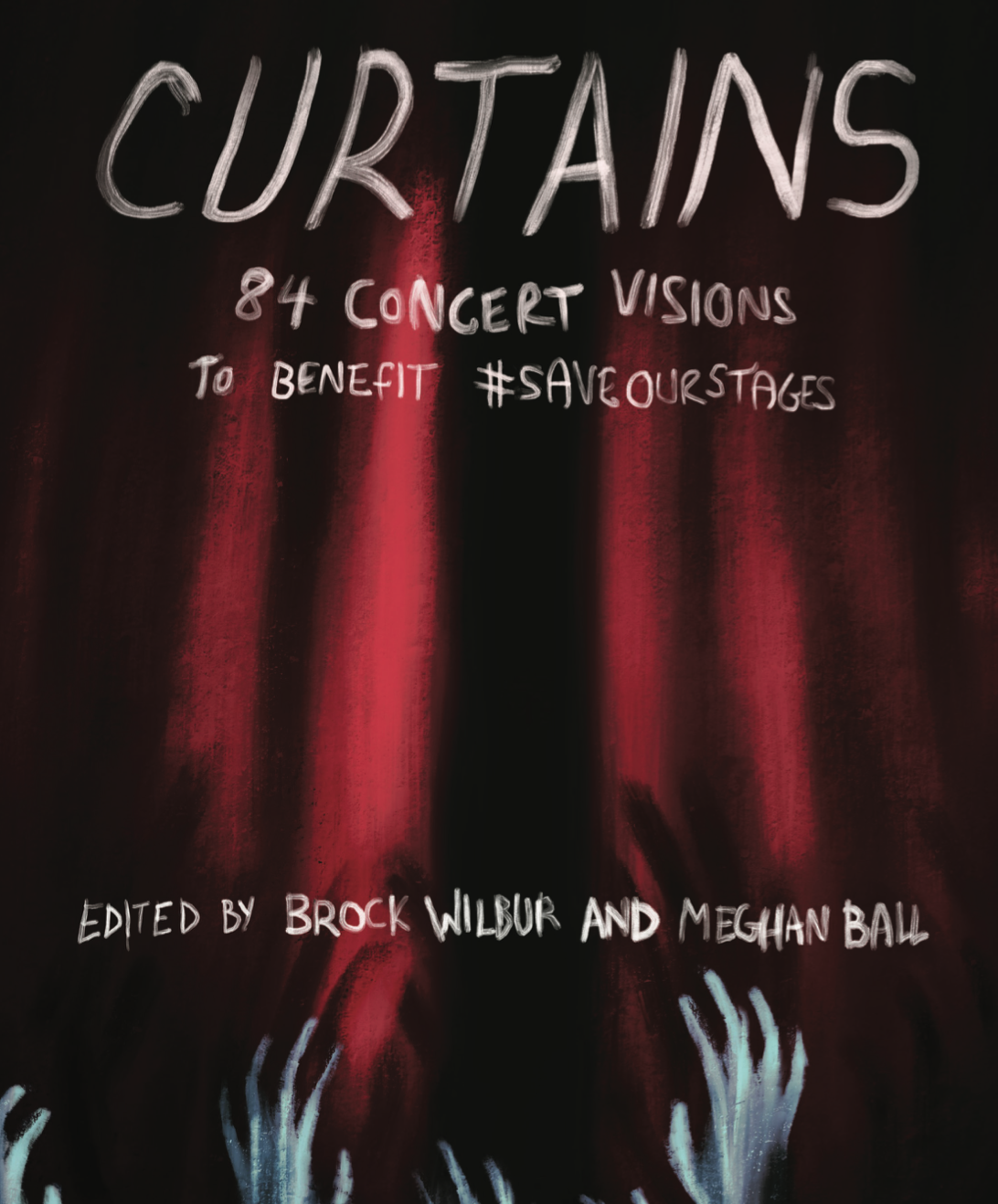The Historian and Fiction Writing
Awhile ago, it was posited that, as a historian-in-training, I may have a slightly different take on writing fiction than others. While I’m not so sure about the assumption, namely because being asked to discuss one’s writing process is often as difficult as writing a short bio of oneself, I suppose there are some aspects which were critically important to me as I was writing Project Northwoods. I’m definitely not saying that my views are unique or better than others, just that I fretted over these interconnected concepts a pretty substantial amount.
World Building
Fantasy and Sci-Fi in particular typically have to set up an entire universe of stuff. This can mean aliens, laws of physics changes, magic, societal structures, religions, technology, or pretty much anything as long as it contributes to a better understanding of the world of the story. There are ways where a lot of the work can be done for you: for instance, if your fantasy novel has dwarves in it, they’re already Scottish for some inexplicable reason without you having to do a damn thing.
If, however, you aren’t really relying on previously established conventions, you’re probably going to run into some hiccups. First, the world has to make sense within its own context. This means there are traditions to be explained, new interpersonal dynamics to develop, governments to populate, and perhaps most importantly, rules to be followed. This is what can be referred to as something “in-universe”. That is to say, something which does or does not make sense within the context of a certain fictional world.
Good world building leads to something like the Star Trek series, where there are stories within stories, plots within plots. There are established conventions (such as the Prime Directive, which when I think about it, probably isn’t the best example), there are different forms of government for the different members of the Federation, there are people who speak Klingon in real life, and the list goes on. You can make the argument that it’s all very nerdy or unnecessary, but the fact is that there is a richness to the experience. I feel like, if I wanted to read into something referenced on the show, I could find out about it. That’s good world building.
The Harry Potter series is another really good example of a series that builds up an entire world. There is a certain depth to the Wizarding World which goes beyond simply telling a story. The dynamics between wizards and house elves was an interesting view into a pretty inhumane aspect of a very decadent culture. The glimpses the reader got into the Ministry of Magic helped to show that the world extended beyond Harry’s tiny experiences. Even the events in Hogwart’s let Rowling’s audience know far more than they may have even been aware of. If school prepares one for the next step of life - in this case, entry into the magic community - then it serves to follow that the curriculum reflects what was valued by said community.
Unless, of course, Hogwart’s has to deal with school boards. Then it’s all ‘abstinence only education’ this and ‘do we really need to teach students to read when there’s a perfectly good Quidditch field’ that.
Where was I?
Oh, yes, world building. Another good example of this, believe it or not, comes from the film 28 Days Later. While the scope isn’t nearly as wide as others, and it is true that it was a ‘zombie-ish’ movie while also being an imaginative/not-quite-acknowledged remake of I Am Legend, there were still modifications to the formula which made the world unique. For instance, the infected ran. The virus was spread through blood, and since Rage made everyone hemorrhage, getting puked on was just as bad as getting bitten. The speed of infection, which was integral to how the rest of the world survived infection, was ridiculously fast - between five to fifteen seconds. Further, the infected were still alive and did not eat, which meant three new additions to the zombie formula: first, they did not attempt to cannibalize the uninfected - rather, they sought to kill due to an ebola/rabies super-combo which I’m sure sounded really great to about three people and no one else with a brain stem; second, it meant that the infected did not have to be put down with the traditional head trauma, but anything which could kill a regular human could kill the infected; third, they would eventually starve to death - thus putting a time limit on how much damage they could do. 28 Days Later effectively crafted a new type of ‘zombie world,’ with its own rules and regulations.
And then they made a sequel.
28 Weeks Later is an excellent example of what a sequel shouldn’t do, and that is to ignore or outright violate previously established conventions. Just like it’s silly to have non-anthropomorphic Jedi wielding lightsabers (which are swords - you know, made for people without extra appendages and floppy tentacles whipping about), it’s just plain stupid to take a well-built world and throw out the rules because you’re more interested in murdering British people than telling a good story.
First, the infected bit people, which was something which was pretty low on the threat list in 28 Days Later (and also 28 Days, but that’s another article I’m working on). The big threat was being outright killed by the infected or being covered in blood-vomit. Although I’m sure biting happened and all, the reliance on it (and then mysterious abandoning of it when the plot called for it) showed the rules of the world were really no longer in effect. Next, and probably infinitely more egregious, we see infected walking around with wounds that, in 28 Days Later, would have killed them - entire chunks of a body missing, limbs removed without treatment, etc. Instead, they are milling about like there’s nothing wrong. It quickly becomes apparent that we transitioned back into the reality of a typical zombie narrative - this movie is not so much a sequel as it is a zombie flick that just happened to be set in London where another, better movie had taken place. This would not be so offensive if the new logic that was set up was respected - that these are the undead and not living, breathing viral vectors. But later in the movie, poison gas is used to kill off the infected - implying they are alive.
This schizophrenic approach is a bad thing, which serves to really rip the audience out of the experience if they’re paying attention. Of course, some people really loved the movie, so what do I know?
When I was writing Project Northwoods, the coherence of the world I was constructing was almost as central to the plot as the characters and major events. There’s brief discussion of super hero politics - what does that mean? What is the election cycle? How about the process for removing elected consuls? How much power does this elected body have? Do the villains have any counterbalancing entity, or are they at the whim of heroic legislation? These were all things I had to think about because I knew someone would want to know. And here’s the kicker: I don’t spend that much time actually discussing any of it. I just need to know these ‘facts’ so when something happens in the book, it remains internally consistent. And that can be a headache, let me tell you.
Further, even though our history and Project Northwoods’s timeline match up almost perfectly, there are still hiccups of inconsistency which are addressed. After all, how would the world play out if people with super powers existed since the dawn of time? I tried to make the answer to this very subtle, through descriptions of characters and by modifying speech patterns. The use (or non-use) of certain phrases and words is one way that I sought to help create a world which had roots in an unspoken past but without directly saying “DID YOU NOTICE THIS!?”
And, of course, there are historical references to real world events with Northwoods modifications to it. World War II would have been two powerful armies, with two sets of super humans, clashing. This would lead to what would essentially be variations of a theme - minor differences that will still end in similar results. Major battles could be pushed forward or backward a few months, casualty lists could fluctuate, secret super weapons could actually be produced instead of squatting angrily in the planning stage, etc. The trick here, of course, is to not do something which would substantially re-write the history of the 20th century in such a way that would be, obviously fictionally-speaking, implausible.
Even the title of the work is a historical reference. It certainly isn’t a reference that is explained thoroughly, but there is a reason why it’s Project Northwoods and not Heroes and Villains, which was the original title. Actually, it went from Heroes and Villains in the original draft to Project Northwoods: Of Heroes and Villains when it was a finished stage play to Project Northwoods. My only real regret is that someone reading the title won’t get too much out of it if they aren’t familiar with it - I guess it may generate an interest based on possibly being curious, but who knows, really? I’m not a marketing guy.
Sorry. Tangent. Um... how about we move on?
World Building and Characters
Building an entire existence is time consuming and kind of difficult, especially if you spend a lot of time asking ‘why’ something is done a certain way. You can sidestep this by being generic and very hand-wavey with your explanations, but I’ve usually found the richest experiences come from details to show the author cares. Or, in my case, is an obsessive lunatic. To help the reader understand this new world, the protagonist is usually a fish-out-of-water.
Looking at the Harry Potter series, the trinity of main characters (Harry, Ron, and Hermione) serve as the reader’s main teachers for the Wizarding World. Harry, the one the reader is most likely going to relate to/project on, clearly has no clue about the world he finds himself in, so he asks a lot of questions. Hermione, the other main character from the ‘normal’ side of things, is also a bookworm and happens to know a thing or two about a thing or two. She can rattle off some answer in short order so Harry doesn’t end up getting his head blown off by the magic spell o’ the week. Ron provides probably the most important part of the central characters: he is the group’s red head, and, as such, is impervious to harm (but not to the sun).
In the sci-fi genre, you can turn to Luke Skywalker of the proper Star Wars trilogy. He’s not nearly as seasoned as Han Solo or as ‘wise’ as Obi-Wan. He can ask questions (like the audience!) and can get answers. More importantly, though, his questions, just like Harry’s, are genuine and don’t feel like he’s asking them for the sake of the audience. He’s just some hick from a hick planet asking a sincere question that the audience needs/wants to know the answer to.
With my work, the problem was that having a fish-out-of-water for the story I wanted to tell would have appeared a touch silly. A character who has spent years trying to become a super villain, like my main man Arthur, would be pretty well-versed in the ins and outs. Having another character be the one asking questions would also have been pretty awkward, too. So I did what seemed entirely logical at the time, and I think is still a pretty good solution:
I made him a nerd.
Since Art’s central trait is definitely more brains than brawn, he knows the answer to the ‘whys’ of most things. Nothing too esoteric, mind you. But he certainly has enough information to show he’s at least somewhat informed of the world around him. When the narrative follows Arthur, anything needing explanation is included in-text without having a character lay it out for the reader - even if it is said ‘out loud’ in the description. Although I wouldn’t call Katniss a nerd (for fear of being shot with an arrow), The Hunger Games is certainly similar to Project Northwoods in this regard - although, the narrative differences between the styles (first- and third-person) certainly mean that Katniss is explaining things directly to the audience. But that’s hardly a bad thing.
Back to Northwoods, other characters are variably invested in the world they find themselves in, so their knowledge of the rules and regulations varies based on where they fall in that spectrum. There’s a heroine who didn’t want to be one, but is in a bureaucratic position because that’s where she ended up. There’s a villain who has been active since WWII, and another who has been around since WWI. A disgraced heroic sidekick who is using the events of the book to regain his status and position. Each character is steeped in the same culture, but has vastly different knowledge and experiences. This means their contribution to the reader’s comprehension and plot is built, not on need or convenience (hopefully), but on their rational (hopefully) responses to the world around them.
Honestly, the hardest part about writing characters is coming up with their names. Project Northwoods has taught me that I have a fondness for names beginning with the letter ‘a,’ something which I hope you can forgive me for.
Also, red heads.
< PREVIOUS ENTRY • NEXT ENTRY >
Advice • Fiction • Gaming • General Musings • Reviews





